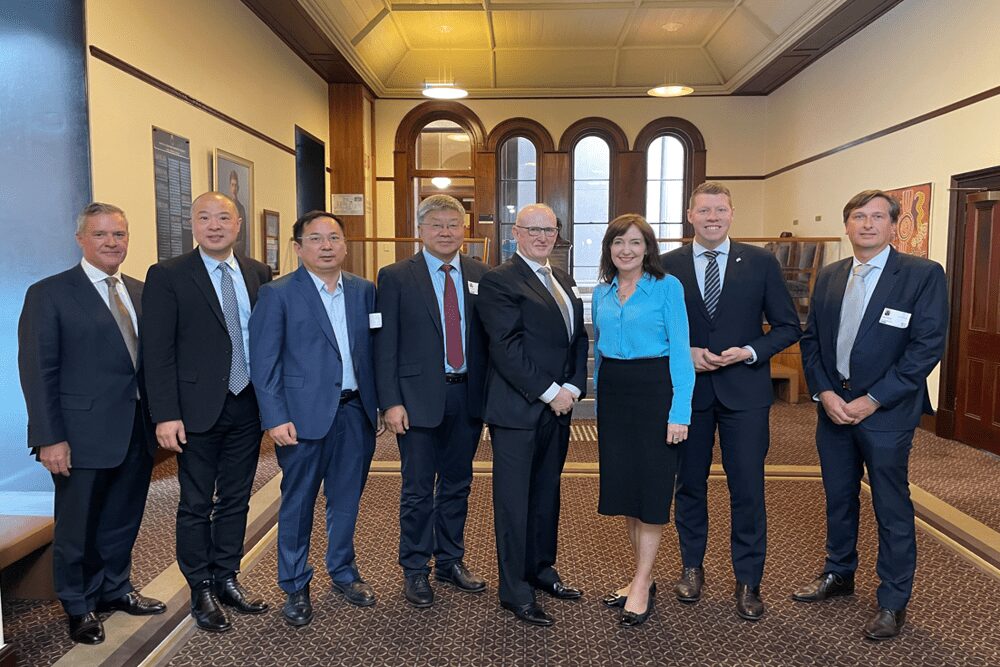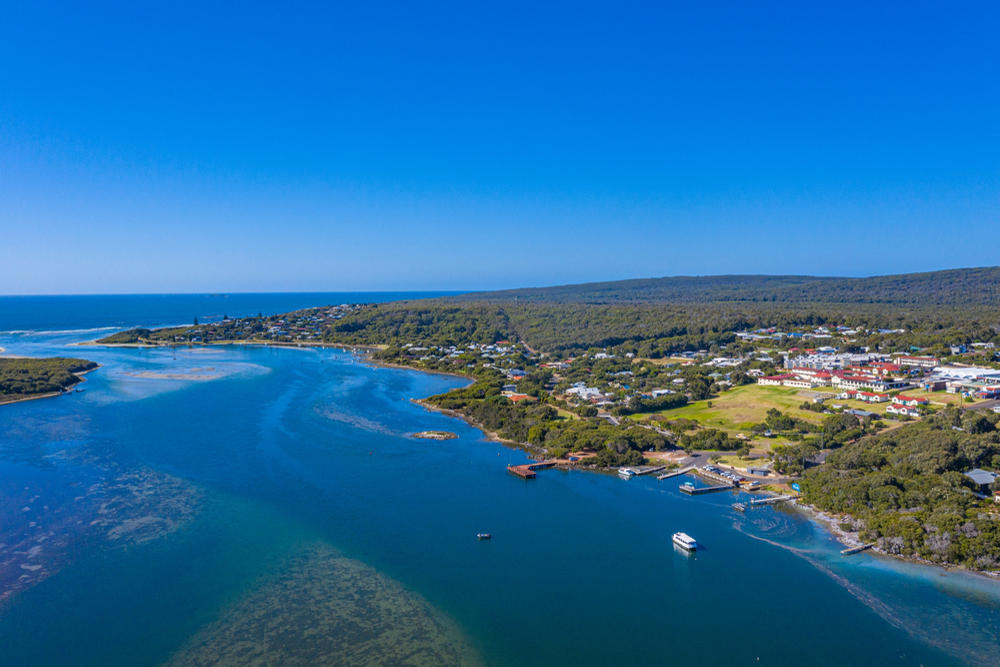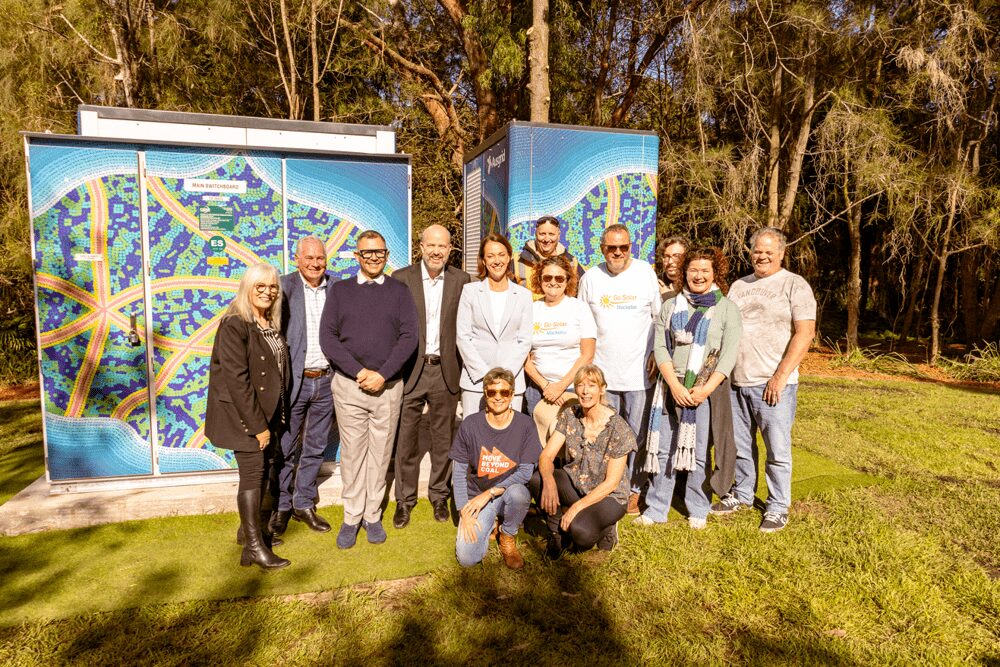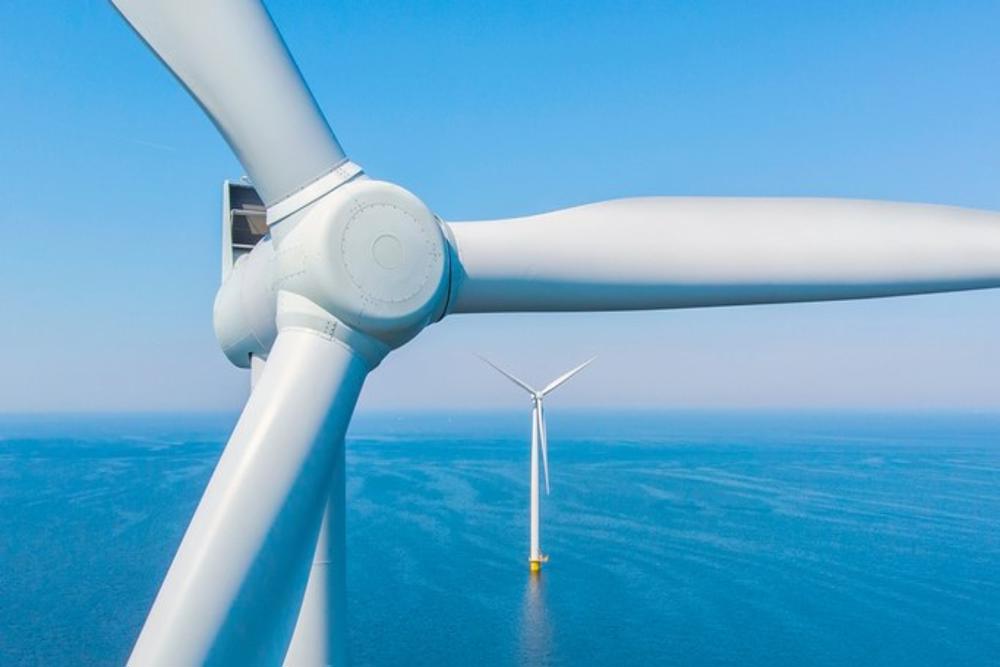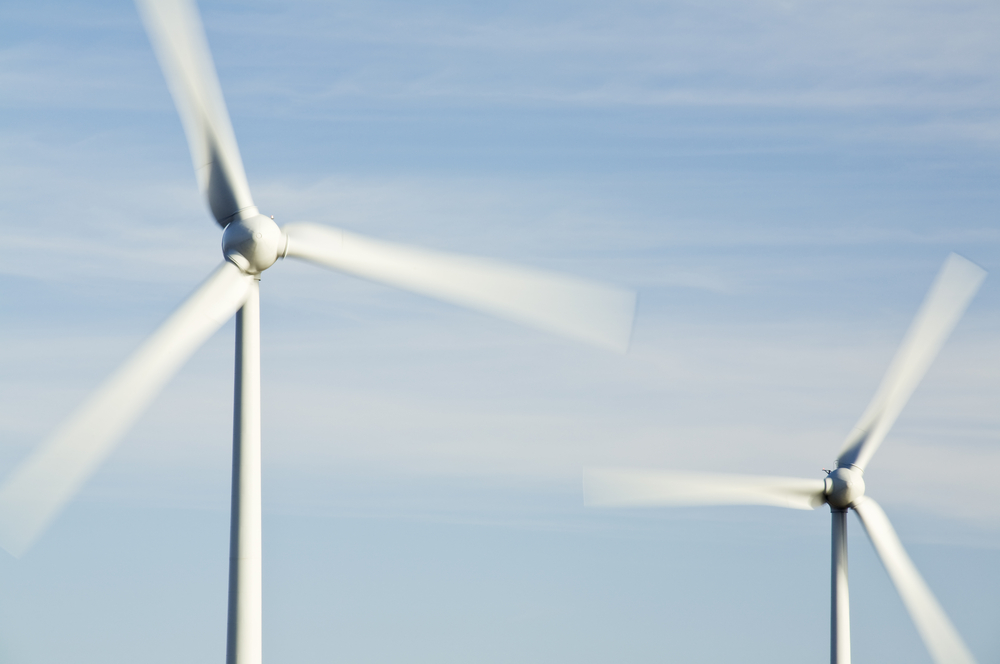
A collaboration between Monash University’s Grid Innovation Hub, Worley and Palisade Energy is using machine learning technology to accurately predict wind and solar power to securely integrate them into the national electricity grid.
The Australian Renewable Energy Agency (ARENA)-funded project launched in October 2018 and aims to provide wind and solar power generators with more accurate and reliable five-minute ahead self-forecasting tools.
By improving the accuracy of five-minute ahead forecasts required by the national electricity market, the generation forecasting solutions developed by the Worley and Monash team can enable a more secure and reliable grid.
This is made possible through better forecasts to reduce the frequency of poor dispatch, thereby supporting a higher share of renewables in the market without compromising on overall grid stability.
The development of the machine learning forecasting methodology was led by Dr Christoph Bergmeir, from the Department of Data Science and AI at the Faculty of Information Technology at Monash University, in collaboration with the Monash Business School’s Department of Econometrics and Business statistics and was initiated by the Monash Energy Institute’s Grid Innovation Hub.
“Predicting short-term renewable energy generation is not an easy task. Renewable energy cannot be produced on demand, as it is bound to natural resources such as the wind and sun. Therefore, in order to achieve a stable network and enough power generation, we need a reliable short-term prediction method,” Dr Bergmeir said.
“By introducing machine learning methodologies to this short-term forecasting process we’re able to apply algorithms that are trained on historical time series data, resulting in the accurate forecasting of wind and solar energy.”
The key benefits of the project include increased renewable energy penetration in the grid due to improved dispatchability of renewable generation and reduction in Frequency Control Ancillary Services (FCAS) payments by generators resulting from the failure to meet forecast targets.
Denis Marshment, Global Vice President – Data Science Customer Solutions, Worley, said: “Our forecasting solution provides immediate value to our existing renewables customers as they target lower FCAS charges. And with PowerPredict officially launched, renewable generators in Australia and internationally can benefit from our power forecasting technology.”
The research and development of these models are expected to add to the overall body of knowledge around the application of machine learning and other AI technologies to wind and solar forecasting.
Mr Marshment said natural variations in weather makes it difficult for renewable generators to accurately forecast their short-term power generation levels and this impacts grid stability.
“In 2020 alone, inaccurate power predictions cost Australian generators AU$210 million, so using machine learning algorithms to see five minutes into the future is incredibly valuable. Our forecasting algorithms achieved a 45 per cent improvement in our customers’ power output predictions.”
The forecasting models developed are based on machine learning algorithms drawing on internal supervisory control and data acquisition (SCADA) data feeds from the generators as inputs to the model.
The 130.8 megawatt Waterloo Wind Farm in South Australia and the 11 megawatt Ross River Solar Farm in Queensland, were chosen for the study.
The overall project had a total budget of close to $1 million and demonstrated that improvements can be made to forecasting accuracy for both wind and solar generators by utilising and enhancing best-practice machine learning techniques.
These forecasting models can be applied to all energy farms in Australia, however, more research is needed on the solar side.
The technology has the potential to lower energy prices across the board, and potentially open up avenues for hydro and other forms of clean energy.
“If renewable generators can lower their causer pays factors, they can produce electricity cheaper, and eventually that saving could be passed on to the customers. It would also make renewables more competitive, which is also a desirable outcome,” added Dr Bergmeir.
Professor Ariel Liebman, Director of the Monash Energy Institute, said it is an exciting and timely application of one of the Monash Energy Institute’s and Grid Innovation Hub’s star computer science and AI teams.
“This project shows how industry, represented by our visionary partners Worley, and academia can create real impact together both commercially and in contributing to the global effort to stop climate change,” Professor Liebman said.
To see how the forecasting works, visit here.








